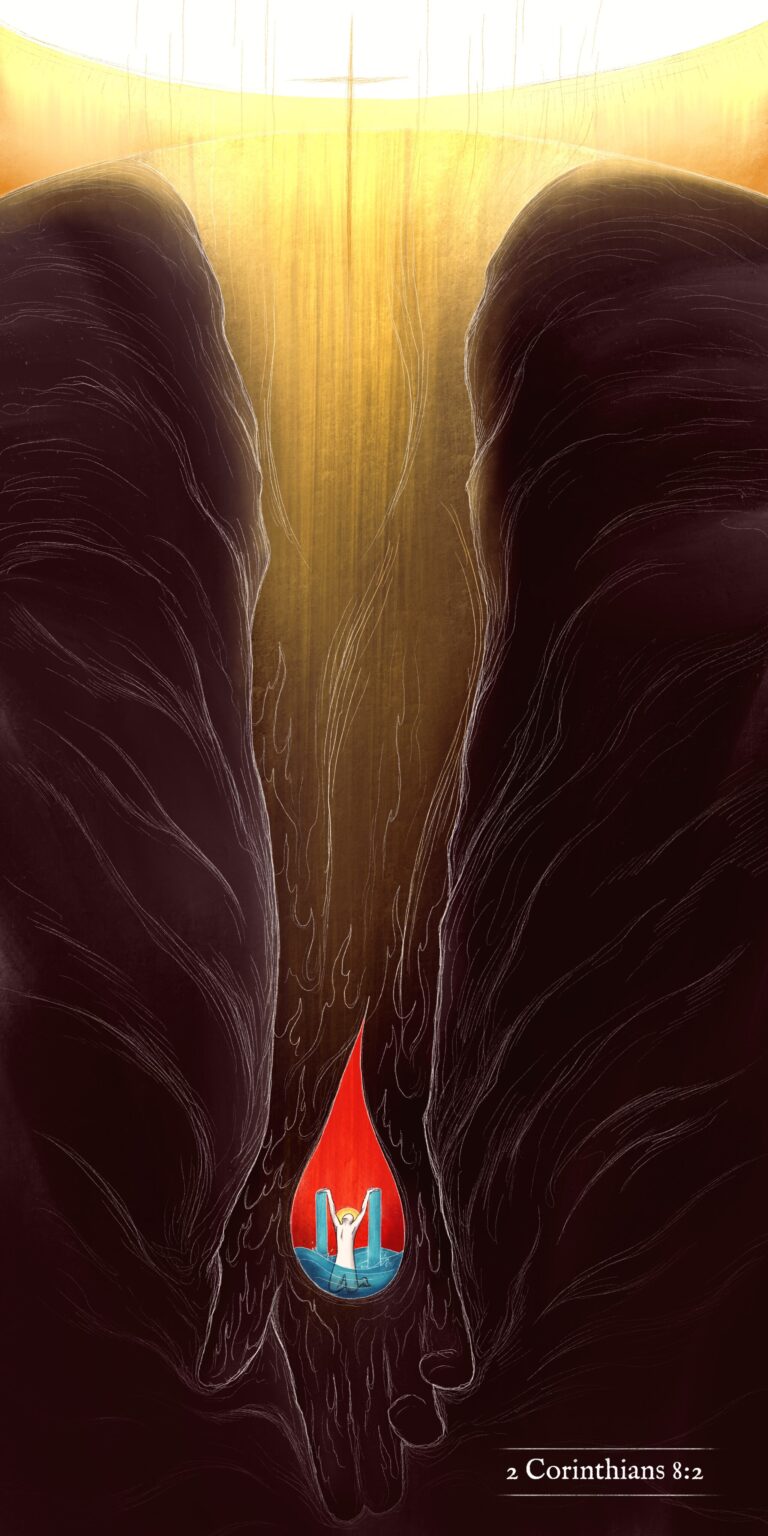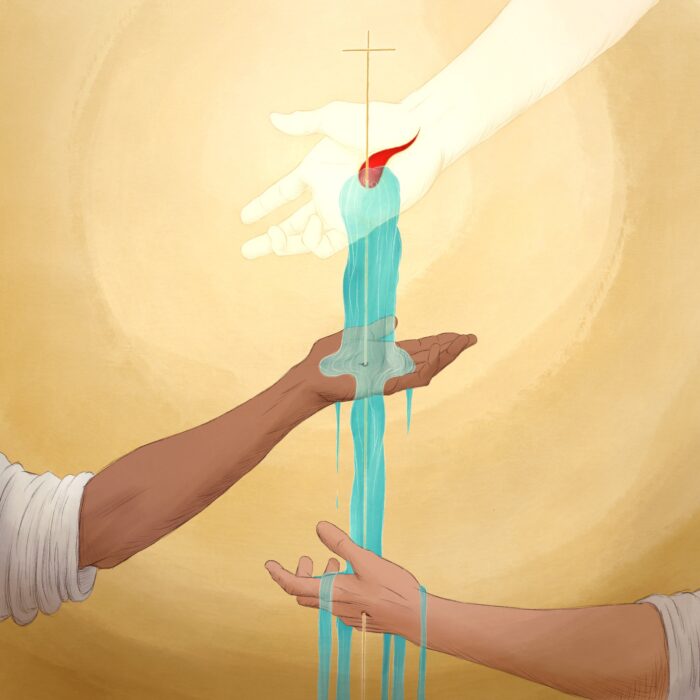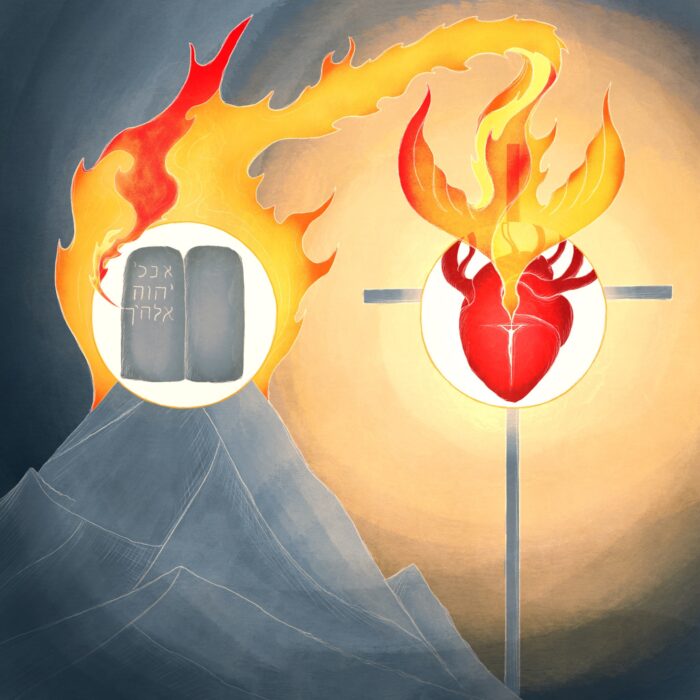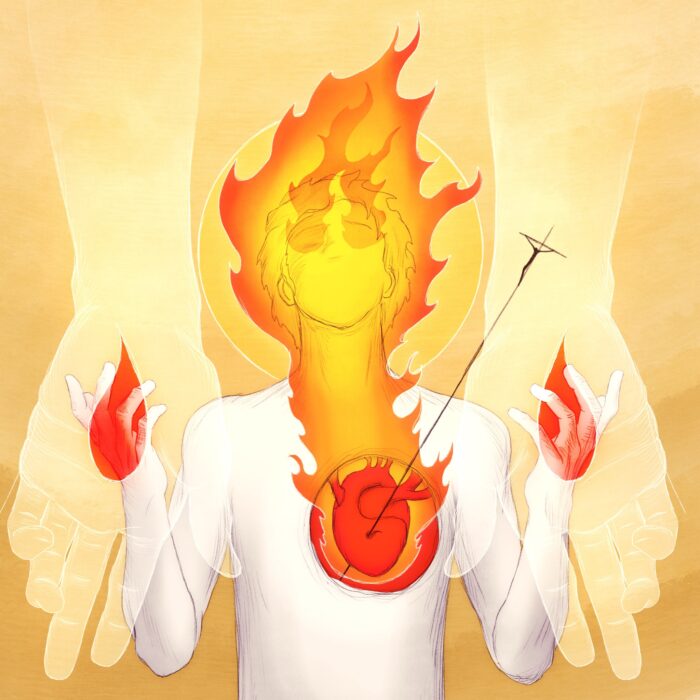
“We want you to know, brothers, about the grace of God that has been given among the churches of Macedonia, for in a severe test of affliction, their abundance of joy and their extreme poverty have overflowed in a wealth of generosity on their part.”
2 Corinthians 8:1-2
The response of the Macedonian churches in the midst of their “severe test of affliction” is utterly unexpected; and that seems to be the point. Paul wants his readers to consider the strangeness of the Macedonian response.
First, we are surprised to see that—even in affliction—these churches had an abundance of joy. Paul follows this with a second seemingly dissonant pairing: extreme (or more accurately, “abyss-like”) of poverty that leads to a wealth of generosity. How does this work? How can a severe affliction result in abundant joy? And how can that joy, mingled with abysmal poverty, lead to overflowing generosity? That is the tension Paul wants the Corinthians to feel, because the resolution of that tension is the point of this text: the gift of God’s grace.
The Macedonians were able to respond with joy and generosity in the midst of affliction and poverty because of the “grace of God that [had been’ given among” them. Can we say anything more specific about this gift of grace other than that it caused them to respond in this way? I think we can if we look ahead to verse 9. There we read:
“For you know the grace of our Lord Jesus Christ, that though he was rich [or perhaps better, “being rich”] yet for your sake he became poor, so that you by his poverty might become rich.”
The grace of God and the “grace of our Lord Jesus Christ” are not two different graces, and it seems to me that the gift of God’s grace that Paul points out in verse 2 is nothing other than the lived-out reality of the grace of Christ described in verse 9. Christ, being rich with all the fullness of the Triune life of God, chose to enter into the poverty of His people. He poured Himself out to the uttermost through the obedient love of the incarnation, culminating at Calvary, and by enduring the limits of human poverty (in every sense of the world) and rising again in victory, He carried His people with Him out of the poverty of separation from the Father into the riches of fellowship with Him in Christ by the Spirit. By His impoverishment, He has made His people rich.
But the wealth that He bestows on those in Him is not a wealth that the world recognizes, rather it is the sort of wealth that we see on display in 2 Corinthians 8:2. It is a spiritual richness that fuels abundant joy even in the face of affliction; it is the wealth of soul that overflows in generosity even in the depths of worldly poverty. The “strange” response of the Macedonians to their situation is the outworking of the grace of Jesus Christ, the grace that gave itself wholly on the cross so that the afflicted poor might be gathered into the wealth of Triune joy.
And so, in this picture I tried to show the grace of Christ as the enabling reality behind the Macedonians’ joy and generosity.
The Macedonian churches (pictured as a single saint) are represented as being literally underground since the Greek word Paul uses for their poverty evokes the sense of being in the depths. Around them you can see the white flames of their affliction. However, in the midst of these depths and sufferings, their hands are raised in joy and the water of their generous heart flows freely around them. This is my attempt to show the contrasts that Paul highlights in 2 Corinthians 8:2.
But why are they responding this way? Notice that Christ’s hand is reaching down to them, meeting them in their poverty and affliction even as He Himself defines the limits of that experience. They are hidden in the wound of his hand, showing that their ability to rejoice and be generous is a result of His death and resurrection that bears their poverty and affliction (and all the rest) and turns it for their good and His Father’s glory.
Finally, see that the bottom, darker half of the image is actually the rounded stone that covered Christ’s tomb, while the upper portion represents His victorious, resurrection life. Christ—who has passed through and conquered death—reaches down into the “death” of the Macedonian churches and imparts His resurrection life to them in the midst of their struggles. Their ability to display the life of joy and generosity in the midst of the death of affliction and poverty is a direct result of the grace of God in Jesus Christ, who has invaded and overcome all death with His own indomitable life of love (2 Corinthians 4:10).




